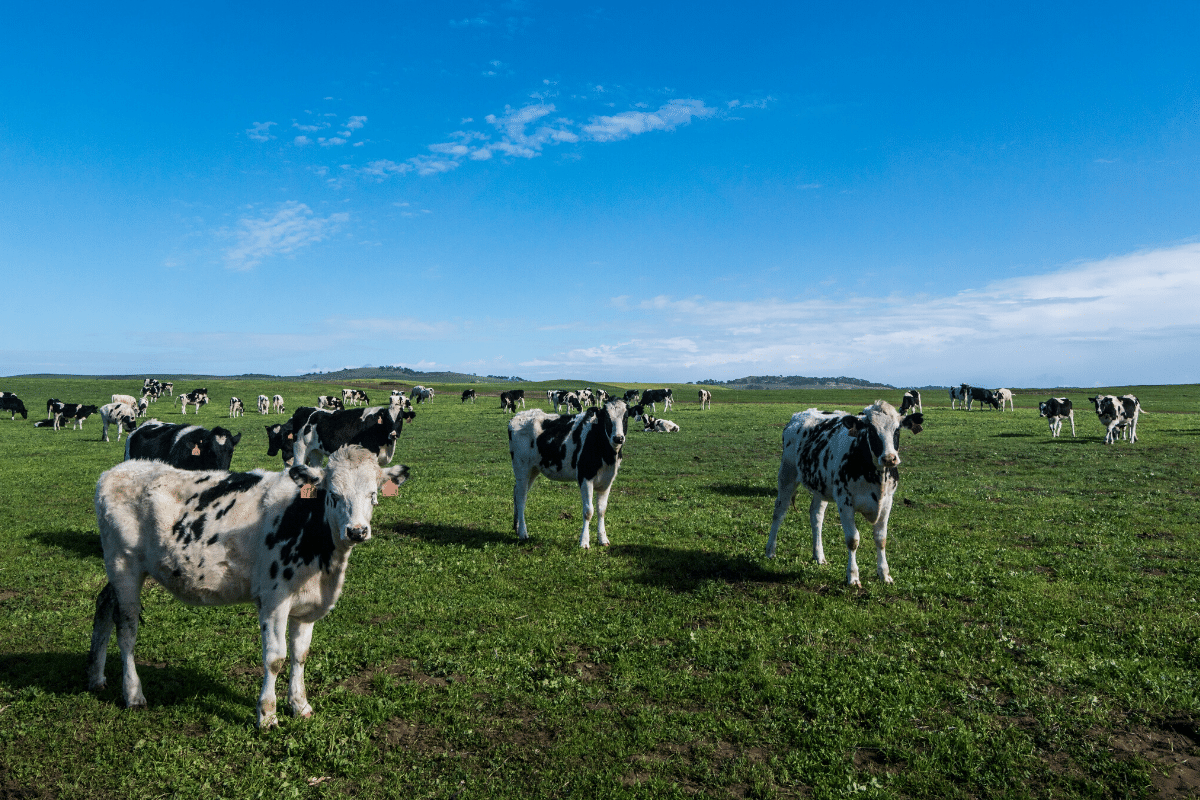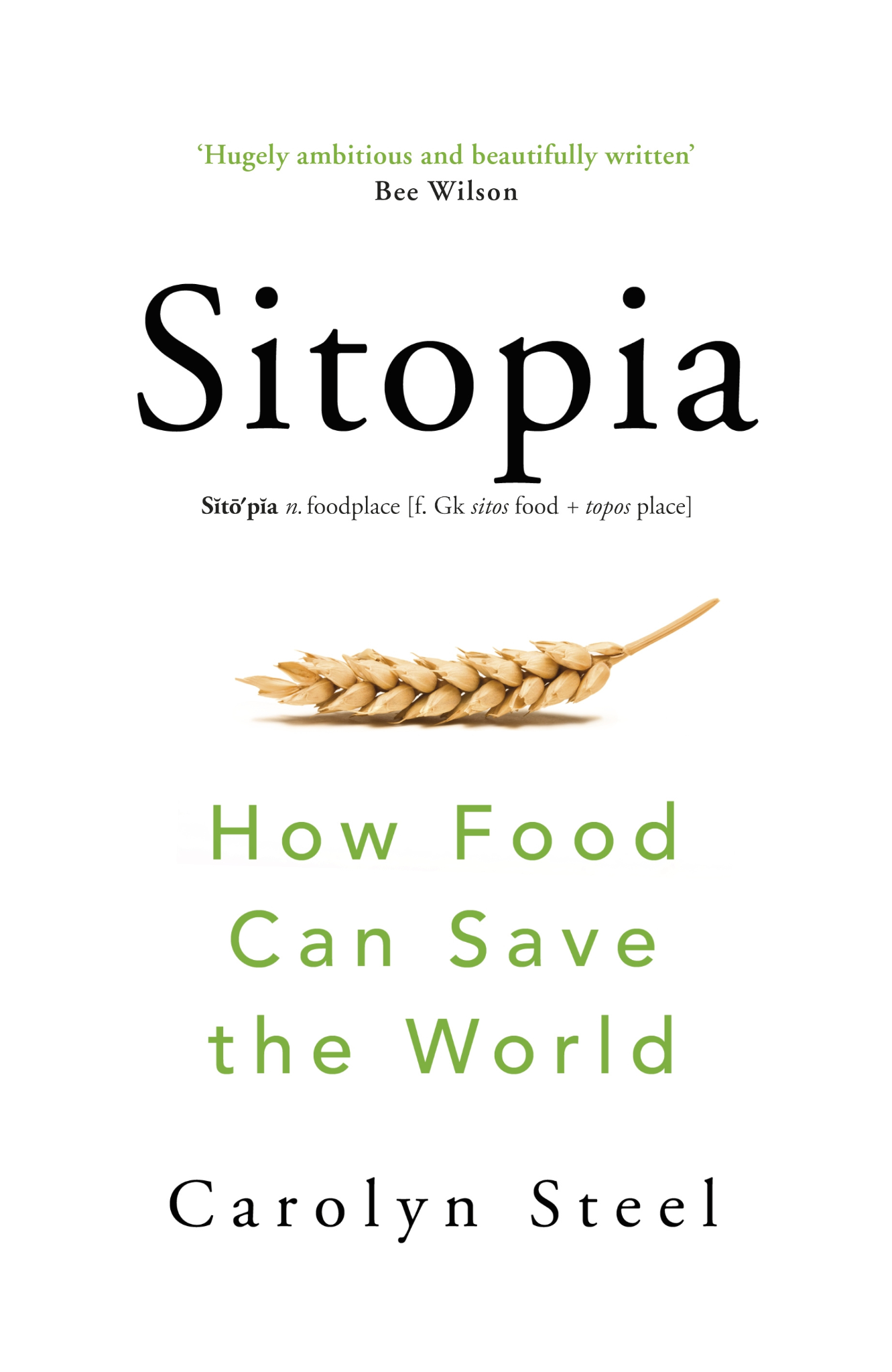Top Stories
Local Farming Can't Save the Planet
Globalization has made our food ridiculously cheap compared to previous eras. But perhaps that’s part of the problem.

“The world is flat,” proclaimed economist Thomas Friedman in his 2005 book of the same title. And since then, the world has flattened further still. Not only has a contagious fragment of RNA ravaged every corner of the world, but so have the economic shockwaves. In a flat world, everything is connected to everything. And if someone somewhere happens to capture and sell the wrong bat, we’re all in trouble.
This is one reason we’re witnessing a fresh backlash against globalization, in particular when it comes to the way we produce and transport food. “Spoiled Milk, Rotten Vegetables and a Very Broken Food System: The coronavirus crisis demonstrates what is wrong with how the world feeds itself,” proclaimed a New York Times headline last month. Across much of the world, these concerns tap into pre-pandemic anxieties about our mass-industrial approach to food creation, and longings for smaller, family-run, more sustainable, and humane production closer to our communities. Instead of hauling foodstuffs around the globe, we’re told, we need to appreciate local and seasonal crops again.

True, globalization has made our food ridiculously cheap compared to previous eras. But perhaps that’s part of the problem. As Olivier De Schutter, former UN Special Rapporteur on the right to food, recently put it in an interview, we need to replace the current “low-cost” approach with one that holistically addresses national health, environmental, and social needs—including the need to avoid carbon emissions associated with international food shipping. Or as British author Carolyn Steel argued in her new book Sitopia: How Food Can Save the World, cheap food is in fact no bargain, because it is bad for us. And so if we pay a little more for what we put in our mouths, we’ll actually be getting better value.
The data, however, says otherwise. To be clear, we have nothing against local and seasonal food, including organic and artisanal varieties that come with a heftier price tag. Indeed, from time to time, you can spot each of us at the local vegetable market filling up a paper bag with delicious produce straight from the local farm—or sipping a bottle of wine made from local grapes, perhaps even trampled barefoot in the old Roman fashion. And we both support the idea of urban farming projects, in which city-dwellers grow vegetables in communal lots. All of this enriches our lives by fostering a feeling of connection with nature and with the food coming out of the ground.
But there is an inconvenient truth that proponents of local and self-sufficient farming tend to ignore: We can’t feed 10 billion people this way without destroying the planet.
Organic farming, in particular, represents a form of luxury consumption for well-off westerners who can afford it. If you start crunching the numbers, you’ll find that it is significantly less efficient than conventional farming (by about 20–30 percent), as is local and small-scale farming in general. This inefficiency is not just a question of price and profits; it also means more environmental degradation, more carbon emissions, and more waste, per unit of food produced.
Consider the desire for locally grown food. The authors of a recent study in Nature calculated how many people worldwide would be able to get their staple crops (wheat, rice, corn, sorghum) if they were required to source them from within a radius of 100 km. They estimated the figure at between 11 and 28 percent, not even a third of the global population. For the rest of the world, crops need to travel a longer distance. For half of us, this is typically more than 1,000 km. And the reason is simple: Not every region has the right soil and climate for growing food, and some regions are far more suitable than others. “Buying local” is fine if you happen to live in a fertile, temperate river delta, but not so much if you live in a drier or colder region. And even if you could grow all your food locally, it might still be more efficient to import it from another continent. That’s what economists call “comparative advantage.”
But surely, shipping food across the planet is wasteful, and causes carbon dioxide emissions and other forms of pollution, right? In net terms, in fact, the opposite is true. If you track all the carbon emissions related to the production, packaging, and distribution of food, the contribution of transport is surprisingly small: a mere 10 percent (and for beef as low as 0.5 percent). The other 90 percent comes from the tractors, fertilizers, tilling, irrigation, deforestation, and other resources and activities that go into production. By buying local, you’re cutting down on the 10 percent tranche, but more than offsetting it through the other 90 percent.
Why? Because farming locally often means farming on less suitable soils, leading to higher use of fertilizer, water, land, and pesticides. In an ideal global food system, everyone grows the food that is best suited to their own climate and soil, and then trades it with the rest of the world.
Believe it or not, agricultural intensification is actually a boon for nature and biodiversity, too. The main cause of declining biodiversity, as it turns out, is destruction and fragmentation of species habitats. By growing our food more efficiently—i.e., more food from less land—we can give back more land to nature.
The last two decades have seen a lot of research on the so-called land sharing/land sparing dilemma: Is it better to invest in “wildlife-friendly” farming at the expense of yield, or should we focus on producing more on less land, thus freeing up (i.e. “sparing”) space for nature? Research in Ghana, India, Poland, Colombia, and Kazakhstan, amongst many other places, has showed that the latter approach was the best strategy for preserving biodiversity. It turns out that wild animals and plants generally don’t mix well with agriculture of any kind, no matter how wildlife-friendly you think your farm is. So the best approach is to use intensive production techniques that minimize your footprint and spare more land for nature.
A recent study on the preservation of birds in two regions of England (the Fens and Salisbury Plain) showed that, even in regard to Britain’s already highly intensified agriculture, the balance tips in favor of land sparing as the best strategy for reconciling food production and biodiversity. True, the researchers did show that low-yield agriculture can help to preserve farmland birds. But for this to work, yields have to remain really low (probably less than 50 percent of what would otherwise be expected from conventional agriculture), as birds such as the godwit are quite picky. Such areas could serve primarily as a bird or nature reserve while producing some local niche products, but aren’t suitable when it comes to the bulk of food production, which is best conducted through highly efficient farming.
The global potential for land sparing remains huge. Another recent study in Nature showed that, by intensifying production in the most fertile regions, we could give back 50 percent of total existing farmland to nature. An older Dutch study calculated that Europe could produce as much food as it does now on just a quarter of its current farmed area, by optimizing and concentrating on the most fertile places. (With yield gains having outpaced population growth in Europe for the last three decades, the total area needed is probably even lower.) Imagine being able to give three-quarters of agricultural land, or more, back to nature.
Needless to say, this would also be good news for the climate. According to the Intergovernmental Panel on Climate Change, land-use changes have been the second most important contributor to climate change since the industrial revolution. More CO2 has been added to the atmosphere through the transformation of forests to farms than through burning oil and gas. Only coal has had a bigger effect on our climate. Reversing the trend of our ever-expanding claim on the planet—humans now use 50 percent of all ice-free land, up from 3 percent in 1400—would be an immense achievement. In fact, a recent PNAS study showed that reforestation is the most effective natural way of combating climate change. And in 2016, researchers from Cambridge University showed that the UK could meet its targets under the 2015 Paris climate agreement without even having to change its energy portfolio, by just concentrating its agriculture and returning the freed land to nature, thereby seeding more trees that suck carbon dioxide out of the air.
Our case for intensification is not a plea for business as usual. The Netherlands, where one of us lives, shows that many global improvements are still possible. Dutch agriculture has the lowest environmental impact per kilogram of food produced: Farmers have managed to halve their pesticide use since 1985, and cut fertilizer use by a similar amount, while at the same time yields have soared. But even here, there is still room for progress. New gene-editing techniques can improve the disease resistance of crops; precision agriculture has the potential to lower fertilizer use even further; and, yes, in some cases there is also room for agro-ecological measures such as mixed cropping and the use of natural predators to control pests, while still maintaining high yields.
We are of course aware that intensification does not magically lead to land sparing, just as building more highways does not necessarily relieve traffic. According to the Jevons paradox, when efficiency rises, farming gets easier, making it attractive to cultivate more land. Thus, strict zoning policies would need to be enforced for all of this to work. Globally, 15 percent of land area is marked as protected, up from 8 percent in 1990. We hope this share continues to increase, and so we applaud the recent plan by the European Commission to have 30 percent of EU land set aside for nature by 2030.
One reason why intensification gets a bad rap is the proliferation of caricatures and misleading language (as with the term “Frankenfoods” to describe GMOs). While we acknowledge that bad intensive farming practices exist, farmers generally don’t douse their crops with “poison,” nor do they “destroy” their soils. On the last point, a recent South African study showed no correlation between farming intensity and soil quality. And it’s notable that while soils in The Netherlands are in relatively good shape, problems have been more likely to arise on marginal lands in, for instance, Spain and sub-Saharan Africa, where farmers are often unable to restore nutrients to the soil after the harvest.
Some other myths need to be debunked, too. Many commentators, including the aforementioned Olivier De Schutter, have suggested that modern agriculture makes us “sick.” But such arguments often conflate production and processing: It’s ultra-processed foods that are linked to obesity and cardiovascular disease, not the crops as such. A report by Oxfam Novib in 2015 declared the highly intensive Dutch food system to be the best in the world, hailing its output as abundant, healthy, and diverse. The UK and Ireland also scored high rankings with their own intensive systems.
The most troublesome—even troubling—notion at play here is the critics’ suggestion that there is something wrong with cheap food. In fact, the declining cost of food associated with globalization and intensification has been an unmixed blessing for humanity. And the benefits are felt most strongly by poor people: The less money you have to spend on food, the more you can set aside for other things, such as giving your children a proper education.
Yes, there are hidden social costs associated with food production (notably, carbon emissions). And these should be internalized into the price, ideally through a universal carbon tax. But the notion that cheapness is bad in and of itself reflects an elitist reflex that is offensive to the global majority that feeds itself on a constrained budget. If wealthy westerners—including us—are prepared to pay extra for artisanal wines and organic vegetables, then by all means, let us continue to do so. But telling less well-off folks that they should just buy more expensive food is the policy equivalent of telling the sans-culottes to eat cake instead of bread.
And to conclude with something that we hope should be obvious: No, COVID-19 didn’t originate with industrial farming. Again, the opposite is true: Enclosed, controlled systems with high levels of biosecurity minimize the risks of viral outbreaks. By contrast, on those small farms with which we are all sentimentally enamoured, where different animals mingle with each other and with their wild relatives in the open air, the risk of novel species-jumping diseases is significantly greater. If we want to prevent pandemics in the future, we need to create more divisions, not fewer, between farm animals and nature.
Or we could stop eating them altogether, of course. But that’s a debate for another day.







